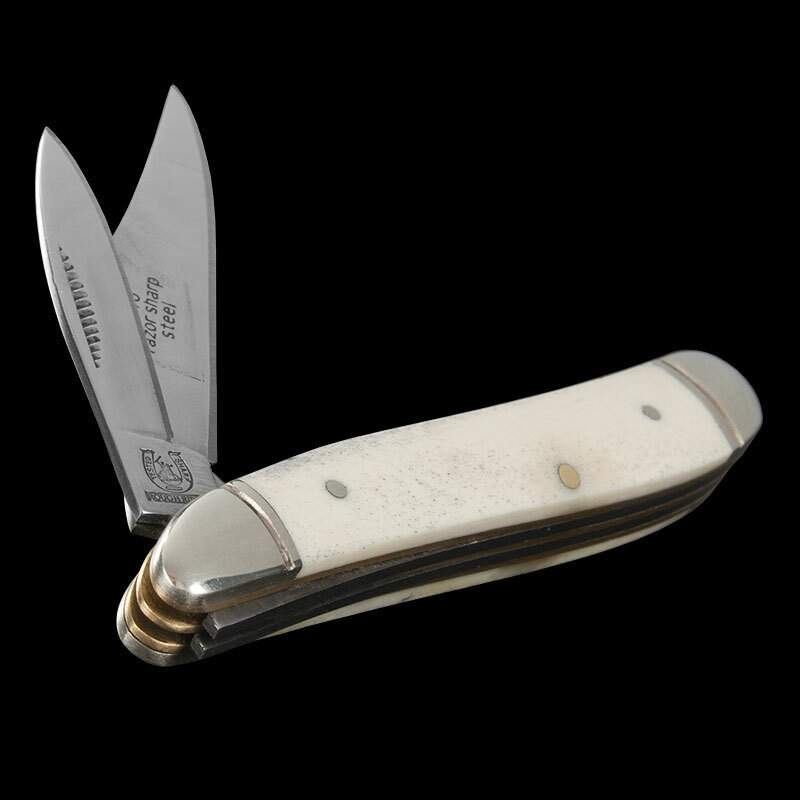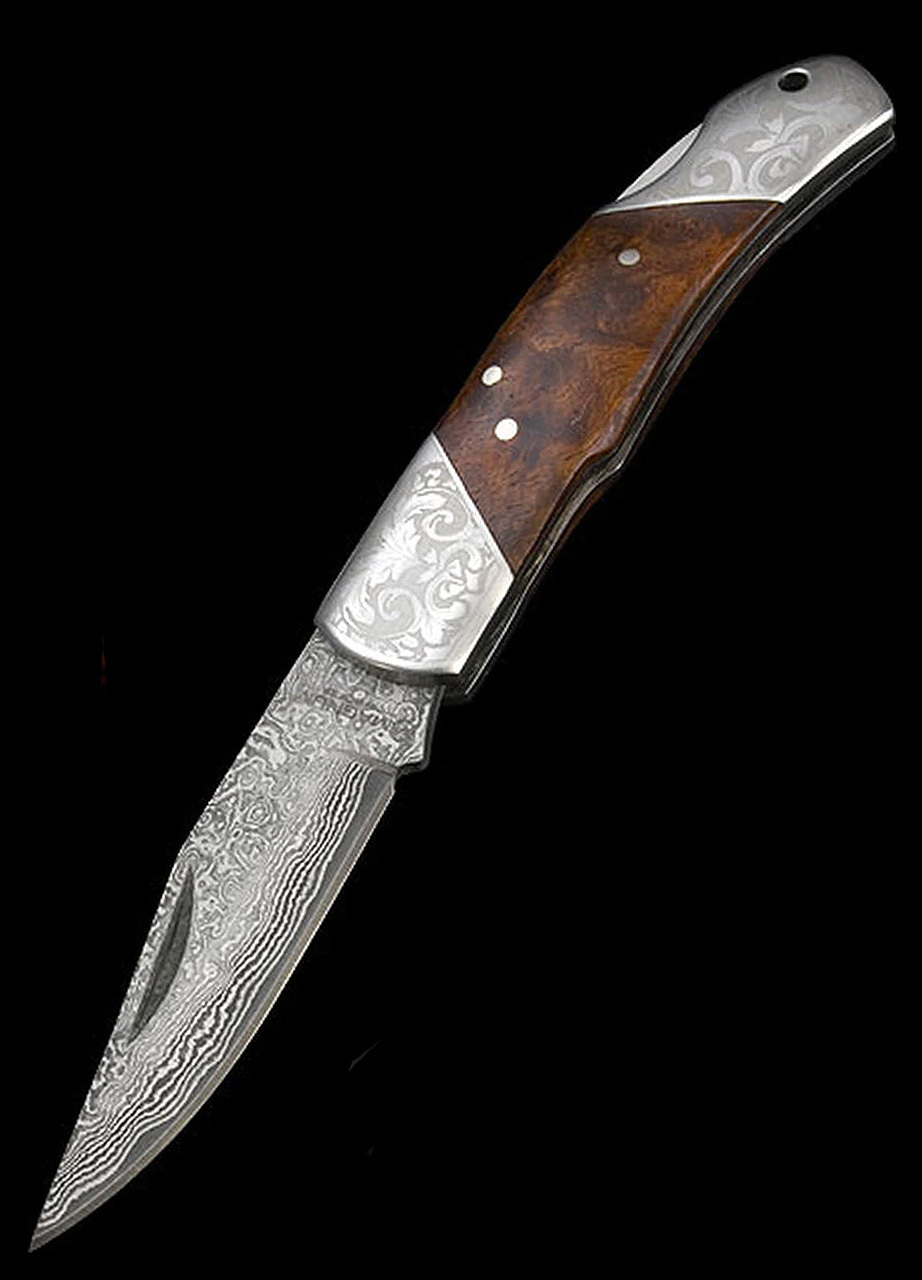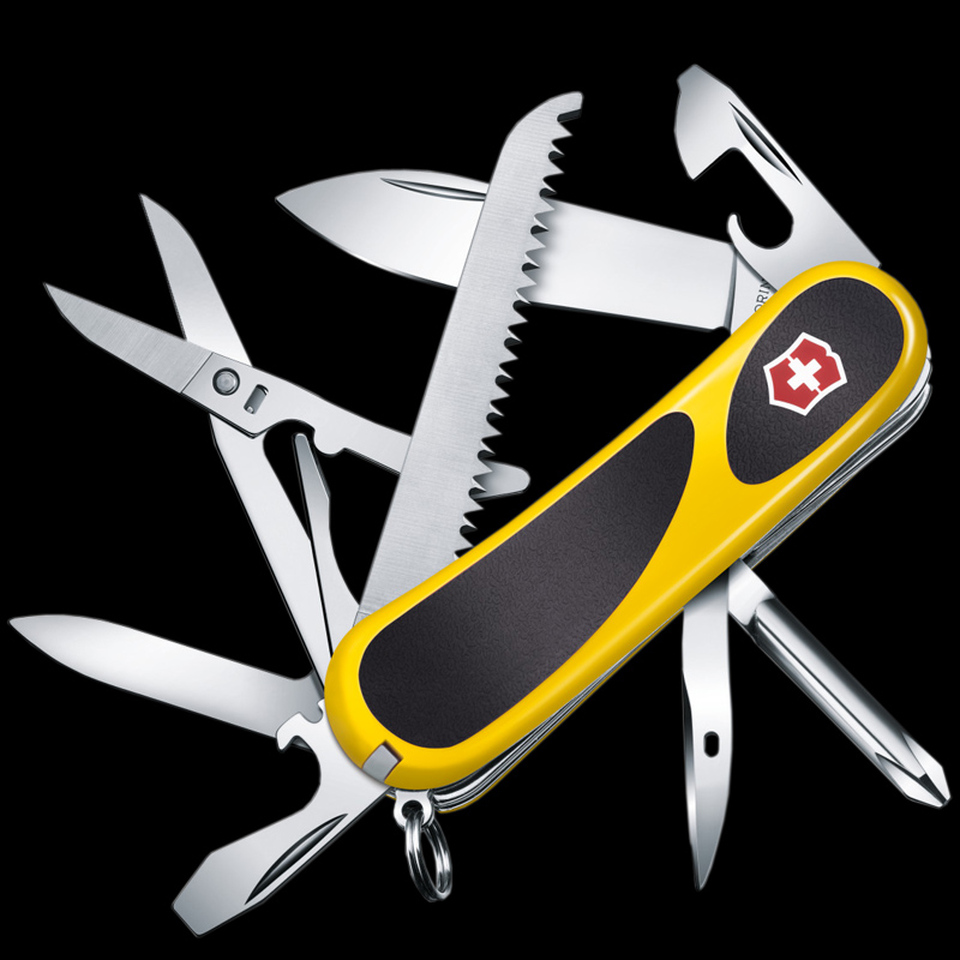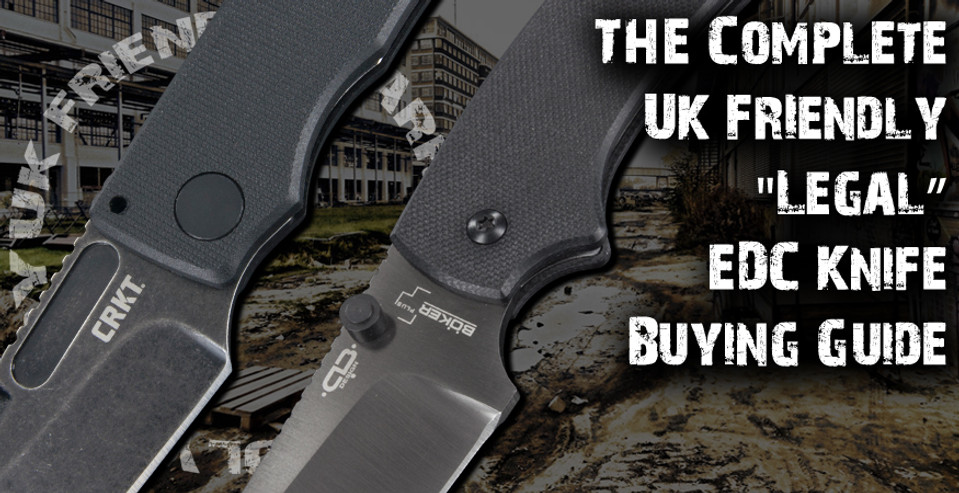UK Friendly EDC Knives. What should you look for?
Posted by HH on 9th Apr 2015
Here at Heinnie Haynes we like to be helpful so here is a guide to what you can buy and what to have a think about when buying a UK friendly carry knife. As you probably are aware the UK has some of the strictest knife laws in the world, but that doesn’t mean you haven’t got choices!
Current UK law states:
- You can carry a knife with a folding blade with a cutting edge that is 3 inches long (7.62 cm) or less that doesn’t lock, eg a Swiss Army knife.
- Lock knives (knives with blades that can be locked when unfolded) are not folding knives, and are illegal to carry in public without good reason.
(https://www.gov.uk/buying-carrying-knives, 22nd January 2015)
We’ve also written a myth busting guide to UK Friendly Carry Knives here.
Now you ask two key questions: What can I carry? What is different about each of the UK friendly carry knives?
For us at Heinnie Haynes, this isn’t about how we define an EDC (Every Day Carry) pocket knife, or what you can or can’t carry. We want to equip you with the knowledge so that you can buy the right knife for you, as well as answering the questions you want answered.
Let’s begin . . .
Blade length
For an EDC pocket knife, the max length blade (more specifically the cutting edge, but we always advise to remain on the side of caution) by law you can have is 7.62 cm (3″-ish). Any longer and you’re in a different category of knife, which you won’t be able to use everyday. EDC knives are not there to cut down trees, they are there for everyday use like opening letters, boxes and cutting tasks. A number of UK friendly carry knives have multiple blades, making them even more useful whilst still retaining their friendly carry status.

Size
The exterior dimensions of the knife when it is in the closed position. What size you go for 100% depends on you and your intended use for the knife. If you want a bigger, heavier knife or a small lightweight blade you can. In one of our recent blog posts https://www.heinnie.com/blog/edc-on-a-budget/ you can see a comparison between a bigger and smaller EDC knife. The goal is to find a balance that fits your pockets and your hand. Having a knife that’s too big or small may mean you aren’t getting the right knife for your needs.
Weight
Ideally an everyday carry pocket knife should be lightweight. The difference between a few grams doesn’t seem like much on paper, but just wait until you’re carrying it in your pocket for 12+ hours daily. It adds up.
Keep in mind, lighter doesn’t always mean better. Aluminium saves weight, but steel is stronger. Titanium is very strong and lightweight, but costs a bit extra. Compare weights of different models and then research the construction or reviews to make sure it can stand up to some daily abuse.
Carry method
The vast majority of UK friendly EDC knives come with carry clips, but they actually range as the type and style quite a bit. The idea of a carry clip is so that it sits high in your pocket, allowing for ease of access, but not drawing huge attention to the fact that you are carrying a knife. Depending on the size/colour/finish of the pocket clip, your knife carry still may be pretty visible, but not necessarily sticking out like a sore thumb. Some are more discreet than others, while others leave a considerable amount of the knife visible. With a pocket clip, you can quickly and easily access the knife to perform a small task. Some knife brands prefer the more discreet low carrying option, whereas others prefer the high carry, and easy access option. Decide what’s best for you. . . are you going to be using it on and off all day, constantly pulling it in and out of your pocket? Or are you just using it occasionally?

Blade material
For a UK legal EDC, you are looking 99% of the time at a steel blade, occasionally a ceramic blade may take your fancy, but steel is by far the king. There is a wide array of steels to choose from out there, all slightly varying from one another depending on the element content. Each type of steel has its own benefits and downfalls including corrosion resistance, strength, edge retention, cost, and more. It more often than not comes down to cost; the best quality and most durable steels are usually the most expensive. There is no right or wrong steel, but there are some which are certainly better than others. Have a look at our in depth blog post on knife and tool steels.
Handle material
Strength, durability, grip and aesthetics are all part of the decision process for this one. Handles range from G10 synthetic grips, rare and exotic rainforest hardwoods, brass, general metals, even animal bone, among countless others. Shown above; wood/brass, G10, animal bone, metal, respectively. The choice is up to you. We’ve found the knives with organic materials have much more aesthetic appeal to the general population, however, other grips may feel more comfortable for you when performing certain tasks.

Edge type
The majority of the knife world is pretty much in general consensus that a non-serrated blade is best for everyday carry. Some may disagree, as their everyday tasks may include cutting rope and such. There is a solution; some EDC knives have different blades with different functions, such as our Victorinox knives. Some have part serrated blades, others have separate serrated blades. Some even include a bottle opener (genius). When choosing a knife, have a think of what you need your knife for, then you can decide which is right for you.
Joint options
Although UK law doesn’t allow a whole host of different folding knife types there are still a number of options to consider:
The most common UK friendly joint you’ll find is the slipjoint. This joint features on products by the vast majority of major brands and knives including: The Spyderco UKPK , The Boker Plus XS and the new CRKT Journeyer. The blades are held in position by a strong “backspring” which biases them towards the open or closed position.
Spyderco also feature on their products a ‘notch joint’ this isn’t a million miles from a slipjoint. The only difference between the two is that the blade is held open by spring pressure against a notch in the tang, rather than on a flat section at the back of the blades tang (we did say they were pretty similar).
Some of you may be familiar with another one of our UK friendly carry knives the Svord Peasant Mini or the Mantis Friction Folder. These knives have a different type of joint again, known as a ‘friction folder’. With these knives when the blade is closed the tail sticks out, allowing for the knife to be opened single handed. The blade is kept in the open position by keeping your thumb or finger on the tail of the knife.
Detent joint, although this isn’t a particularly common joint, they are around and do have some perks. The idea behind a these knives are that they include ball-bearing detents which control the blade position. Some examples of UK legal knives that have this joint are the Boker Plus Nano 42 , and the Boker Plus Subcom 42.
Opening method
To comply with UK law the knife must be manual opening. There are number of ways in which knives are designed to assist with manual opening. Some of the most common blade opening systems are: the thumb stud, Spyderco round hole, Nail Nick and the flipper. Again this comes down to personal preference. The Nail Nick for example require usually two hands to open, but are small and don’t add bulk to the knife. On the other hand the Spyderco round hole, adds weight and increased size to the knife, but it does allow for single hand opening.
The Brand
People love brands, people feel attached to brands. If you find yourself owning more than one of a certain brand, it’s pretty safe to say you are definitely a brand advocate. If you are new to the EDC knife market, this isn’t essential but you’ll find some brands design their blades with a certain person in mind, or for certain uses. Look around, some brands may be almost making knifes with you in mind. Some companies are also renowned for their quality or durability. It’s important for you as a customer you know exactly what you are getting.
Price
You guessed it, from loose pocket change into the hundreds of £s. As a general rule of thumb the more you pay the better quality knife you get, it’s as simple as that. Of course there is the odd exception, but that’s why it’s always worth browsing. On average for a UK friendly carry EDC knife you will be looking at the £40 to £60 bracket. That will not only buy you quality, but will also buy you peace of mind. That’s not to say you can’t get a quality knife on a budget. Have a look at our budget EDC guide for some ideas.
Aesthetics
Function over aesthetics as always, however EDC pocket knives can be like pocket jewellery, whilst still being entirely functional, let your taste and preference guide you. Some are designed to be carried around literally anywhere, others have a much more tactical look about them. The tactical looking knifes, while looking incredible can be seen as more threatening (which isn’t really true), but you may have to be careful where you carry it around to.
It all boils down to what knife is right for you, all we can do is point you in the right direction. Have a look at our EDC buying guide for some of our most popular UK friendly knives https://www.heinnie.com/blog/edc-guide/
We hope that this blog post was useful (even if it was longer than we anticipated). If you have any other questions or comments please leave them below! We write this blog for you, so anything you want to hear about, we’ll try and write about.


